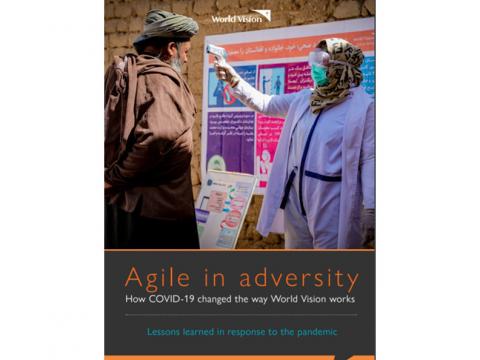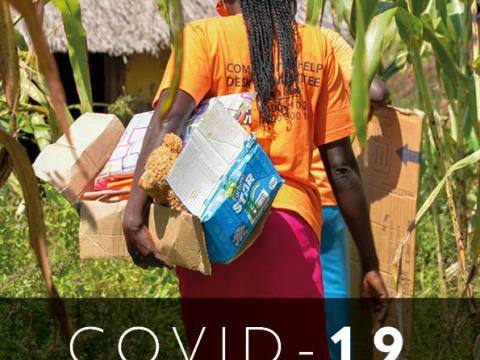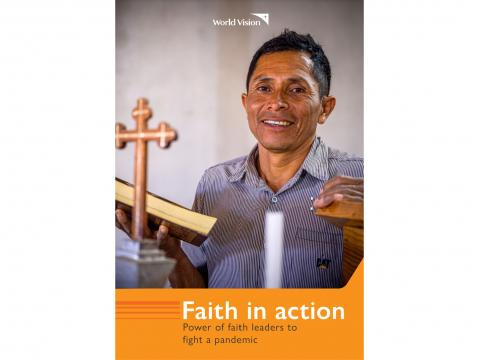Agile in adversity: How COVID-19 changed the way World Vision works
Download
While much of the world was shutting down, World Vision stayed open, alongside other frontline responders, to ensure the most vulnerable children, families, and communities were served. Throughout the pandemic, World Vision listened to and learned from affected communities, partners, and staff, as we walked alongside them on this ever-evolving journey.
The pandemic caused a public health emergency and socioeconomic crisis. The consequences of these crises were layered on top of other challenges in conflict-affected and fragile countries. This complex combination of crises provided an opportunity for, and in fact necessitated, the need to collaborate across development, peacebuilding, and humanitarian functions because of the way the issues interconnect. World Vision rapidly implemented this cooperative nexus approach to address the challenges outlined in the following pages.
This report presents findings, challenges, and good practices from World Vision’s largest-ever real-time learning (RTL) process. With insights from more than 3,000 staff in 56 countries, 500 external partners, and more than 1,600 community members across six countries, World Vision has adapted to more effectively respond to COVID-19, as well as enhancing our preparedness for future epidemics.
Based on our successes and what we learned from our gaps, this report outlines some key recommendations carrying into current and future actions. That is, going forward, to respond quickly, act at scale, and keep focus on affected people, World Vision and all humanitarian actors must focus on:
- clear, comprehensive direction and relevant contextualisation
- reaching the most vulnerable with existing and growing partnerships & funding
- digitalising programmes to be safe, efficient, and virtual
- remaining accountable to communities, partners, and standards.



